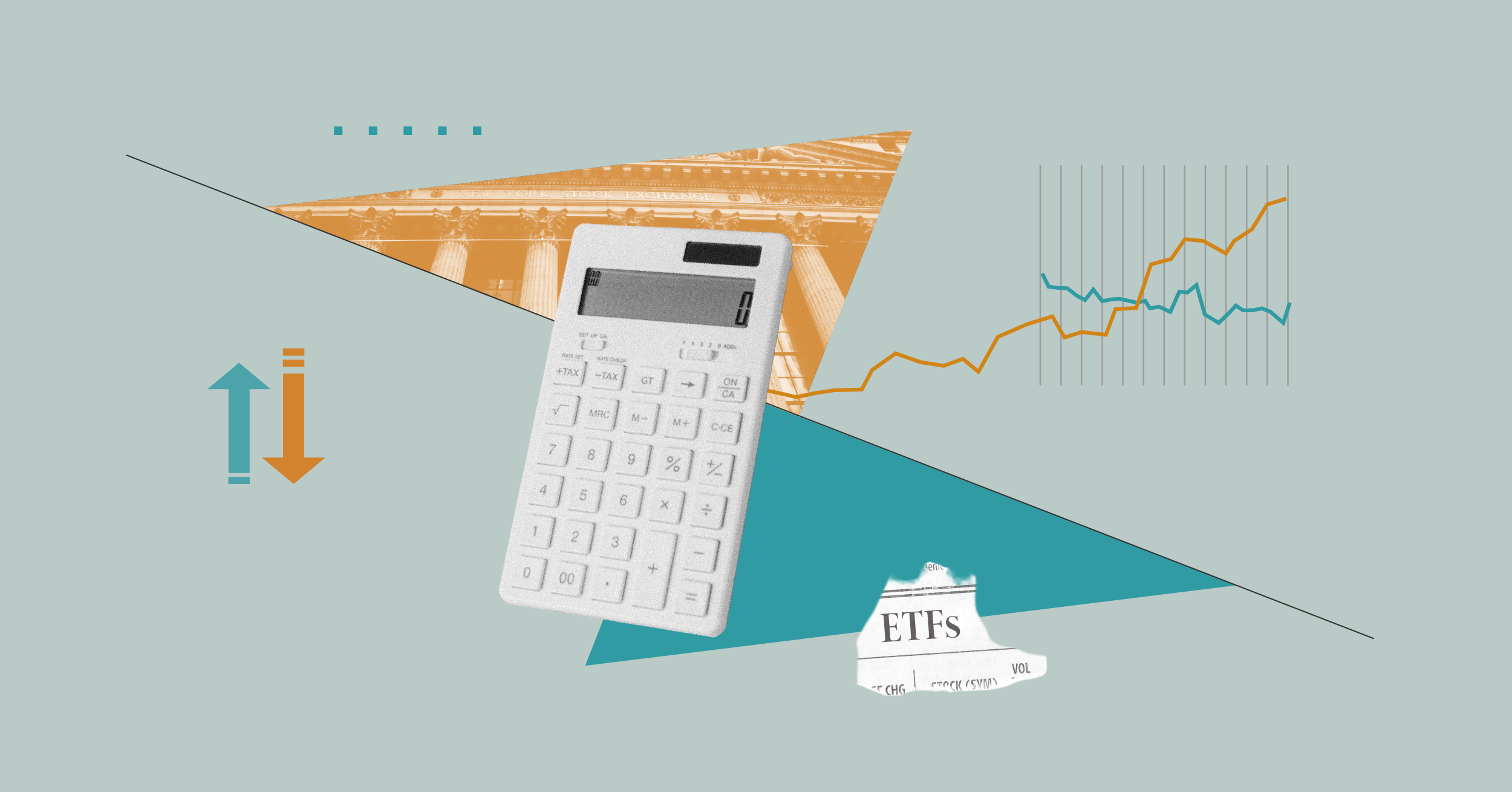Investors are leaving their ISA allocation to the very last minute. Despite the end of the tax year being just four days away, many investors are still choosing which stocks, bonds and funds to add to their 2013/14 ISA portfolio.
Last year, more than half of Hargreaves Lansdown’s online investment platform clients did their ISA allocation in March and April, and the Fidelity FundsNetwork platform recorded one customer finalising their investment choice with just three minutes to go.
“Every time the ISA season draws to a close, it never ceases to amaze me how many individuals leave things to the last minute,” said Fidelity’s investment director Tom Stevenson. “According to a recent survey of our customers 18% of people who plan to invest through their ISAs this tax year will do so this final week.”
Older investors plan ahead according to Hargreaves, but twice as many investors aged 44 or younger leave it until the last couple of weeks.
For stock selecting investors with an income bias, here are three stocks worth considering for your ISA portfolio.
Anglo American (AAL)
Yield: 3.6%
Global mining giant Anglo American's portfolio spans many commodities and continents. Like fellow large diversified miners, Anglo has significant exposure to copper, coal, and iron ore, but it is unique in its significant platinum output, which accounts for roughly 40% of the annual global supply. Anglo also owns 85% of De Beers, in most years the world's largest supplier and marketer of rough gem diamonds.
National Grid (NG.)
Yield: 4.8%
National Grid owns and operates the electric and gas transmission system in England and Wales along with England's largest natural gas distribution network, serving 10.8 million customers. In the Northeast U.S. it operates in 13 regulatory jurisdictions, serving 7.6 million electricity and gas customers. It also operates communications infrastructure, metering services, and liquefied natural gas storage.
Tesco (TSCO)
Yield: 5%
Tesco operates a network of more than 6,500 retail stores in the United Kingdom, Europe, and Asia. A majority of Tesco's revenue comes from the sale of food products, although the firm also sells gasoline and a variety of general merchandise products in multiple channels. Tesco generates over 65% of its revenues in the U.K., where it generates 5% trading margins. The remainder is generated from Asia, Europe and Tesco's bank, which combined generate 5% trading margins.































